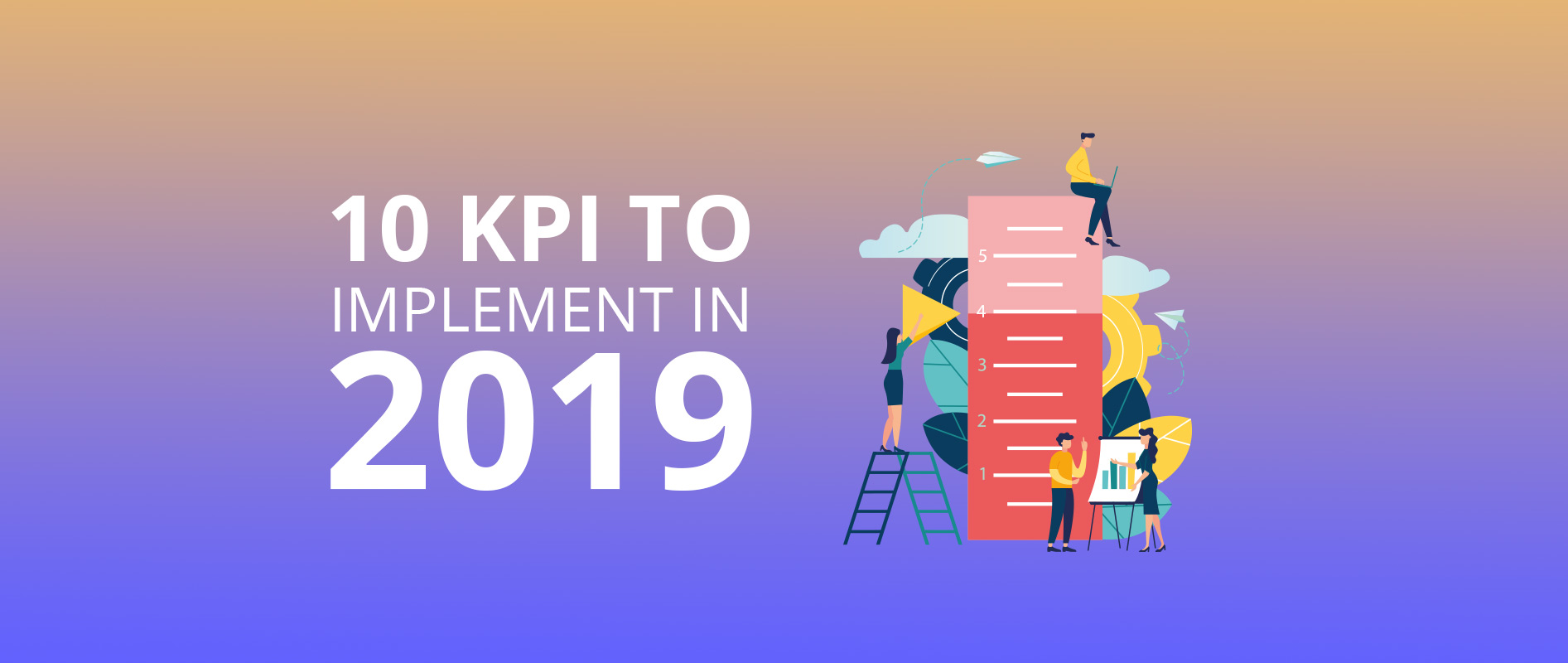We live in a world where data is key, so it’s important to use certain KPIs in your recruitment process. Numbers matter more than you think and can tell you a lot about what’s happening during your recruitment tactics.
The data will inform you of what’s working and what’s not so that you can tweak your decision making for optimal success when it comes to filling vacant positions. But it can also feel very overwhelming with too much data these days.
So how do you know what you should measure?
Here are 10 KPIs that’ll really help your recruitment process:
Time To Hire
The recruitment process is often time-sensitive, so measuring how long it takes you to find an applicant and get them hired is key. With this KPI, you’ll be able to communicate hiring expectations to hiring managers and will be able to see what areas in the process need to be quicker or slower.You’ll also be able to measure how much time is spent on various aspects of the recruitment process like writing job descriptions, sorting through applications, going through interviews, and more. Once you have this KPI, you’ll be able to work out the return of investment, revise the process to shorten the time and reduce costs and pinpoint what stage has the most wasted time.
Sources
Knowing what source gets the best talent is key to finding the right candidates. Identifying the most efficient channels will also help your recruitment budget. This KPI can tell you a lot about what sources work for your company, position and more, so once you have the data in front of you, you’ll be able to make impact decisions on where to focus your budget.
ROI Marker
A comprehensive metric you should be using in your recruitment process is the ROI marker. This will help you understand if a new hire is worth investing your finances and time in. To calculate this KPI, you’ll want to analyze the time to hire KPI against the direct costs you have before hire, how long it’ll take a new employee to get up to their full potential and the onboarding spend.Direct costs will include things like ads, administration fees or the cost for recruitment tools needed before hiring someone. Onboarding spends will come after you’ve already hired the right candidate and might include new training or equipment.
Company Retention Rate
This KPI will tell you if you’re hiring the right candidates for the position. You should monitor how many people left the company throughout the year to really understand if your recruitment costs are scaling because there’s a problem with employee retention. Figuring out why people are leaving will help impact your recruitment budget since it costs more to rehire.
Qualified Candidate
You’ll want to know how many qualified candidates your ads are getting you. A candidate that’s a good fit for a job after an interview can be considered a qualified candidate. Then as you make offers, you’ll be able to compare the number of qualified candidates to over acceptance rates. This KPI is a good indicator of how close you are to achieving your hiring goal for a certain period.
Offer Acceptance Rate
This KPI tracks how many offers you give candidates and how many are accepted. You’ll be able to see how effective your talent acquisition rates are over time to tweak your process to get this KPI higher than it is. Additional KPIs that also look at candidate satisfaction will help explain any underlying trends in your candidate acceptance rate.
Hires To Goal
The hires to goal KPI should always be on your mind as you go through the recruitment process. It’s the total hires you need in a certain time period to reach a predetermined hiring goal. Whether it’s monthly, quarterly or yearly goals, this KPI will help you reach those targets. All you do is divide the total number of new hires by whatever your hiring goal is and then you’ll be able to see if you’re meeting those predetermined expectations. If that goal isn’t reached, you’ll be able to reexamine why not and see what’s limiting your new hire numbers.
Diversity
Diversity KPIs can greatly help a workforce and not just from a legal standpoint. Hiring a diverse workforce will increase innovation and even lower turnover, so knowing the numbers can really be beneficial. You can track diversity based on levels and changes of minority representation in the candidates and in the workforce, as well as retention of underrepresented staff, sources of diversity new hires and changes in pay disparities.
Time In Workflow Step
This KPI describes how long a candidate spends in each step of the recruitment process. Examples of this include how long they are in the pre-interview process, phone screening, submissions to hiring manager, interviews and final decision.
Application Drop Off
In the beginning, knowing the application drop off KPI can help get more resumes in your inbox. This percentage deals with the number of applicants who start the application process but don’t finish it. Improving this KPI will create a better candidate experience, which will provide you with access to the best talent. A better application shouldn’t take that long, be optimized for mobile and won’t require extraneous information applicants are not comfortable providing at the initial stages.Besides these KPIs to implement in 2019, you’ll also want to make sure you grow your online presence as a recruiter. To help with this goal, create a free profile on Talentwolf! As the fastest growing platform for review and reputation management in the industry, you’ll be able to show why you are the highest rated recruiter in your niche!
Plus, the platform also allows you to gather feedback and interact with clients to enhance your personal brand and business.





